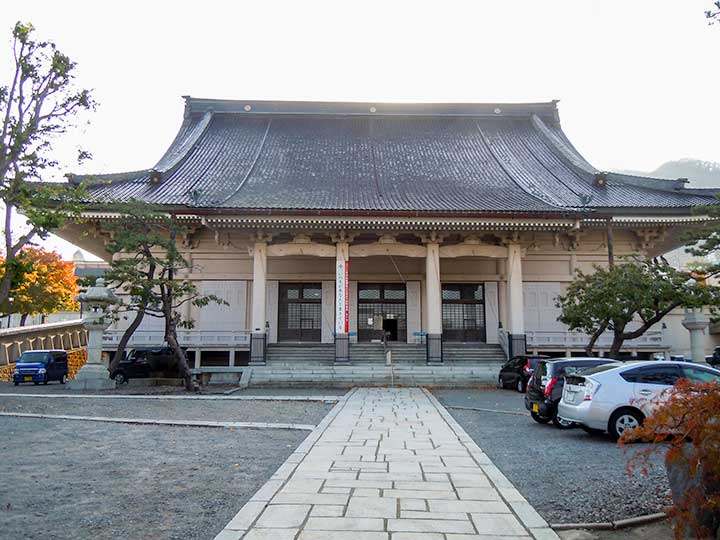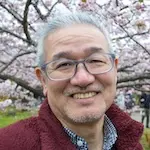Higashihonganji Temple Hakodate Branch (東本願寺函館別院) is located in the Motomachi area at the foot of Mt. Hakodate. If you look down from Hakodate Orthodox Church towards the Bay Area, you’ll spot its distinctive tiled roof. It sits alongside the Nijyukkenn-zaka slope, the widest in Hakodate’s Motomachi area.
Designated as a National Important Cultural Asset, Higashihonganji Hakodate Branch stands out for being one of Japan’s oldest temples constructed with reinforced concrete. Historically, Hakodate suffered several major fires from the late Meiji era into the early Showa era (late 19th to early 20th century), prompting a shift from wooden structures to fire-resistant materials.
Initially, locals were skeptical of the new construction methods, preferring traditional materials and techniques. To garner support, temple organizers washed all imported materials, including American-made reinforcing bars, and hosted Japanese-style dance events with geisha to educate and gain community trust.
The history of Higashihonganji Temple dates back to 1668 when Priest Jogen 6th of Sennen-ji Temple in Matsumae built an Amida-do (阿弥陀堂) in Hakodate. After several rebuilds due to fires, including the devastating Hakodate fire of 1907, the temple has become a symbol of resilience and cultural heritage in Hakodate, reflecting the city’s ongoing efforts to build structures resistant to disasters.

Access
Take a tram to Jyujigai(十字街) and walk 8 minutes.
Related Articles
Motomachi Roman Catholic Church in Hakodate Motomachi Area(函館元町カトリック教会)


